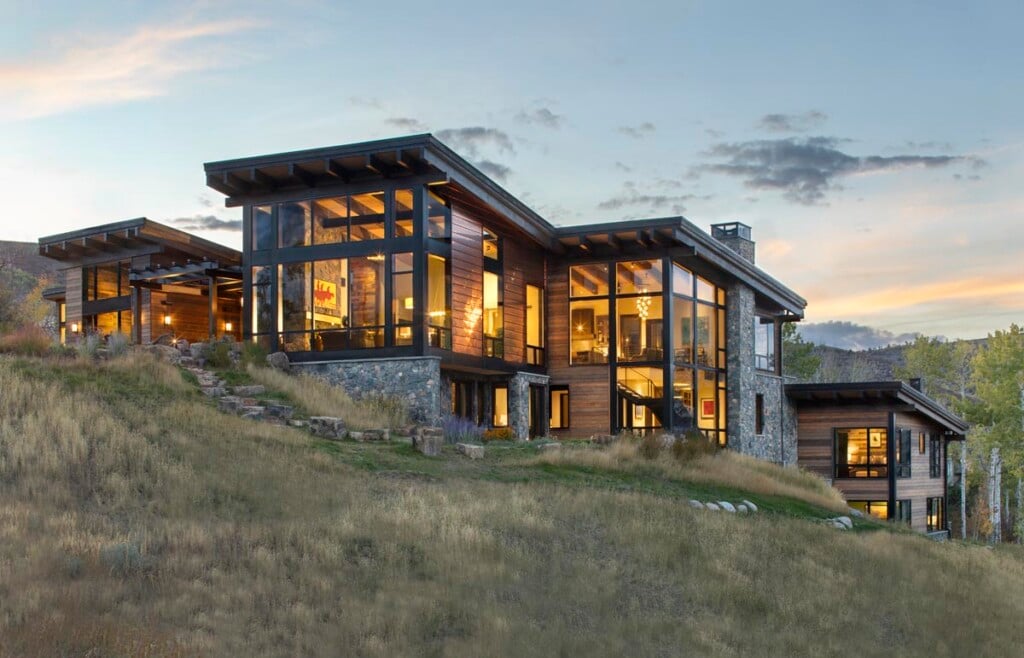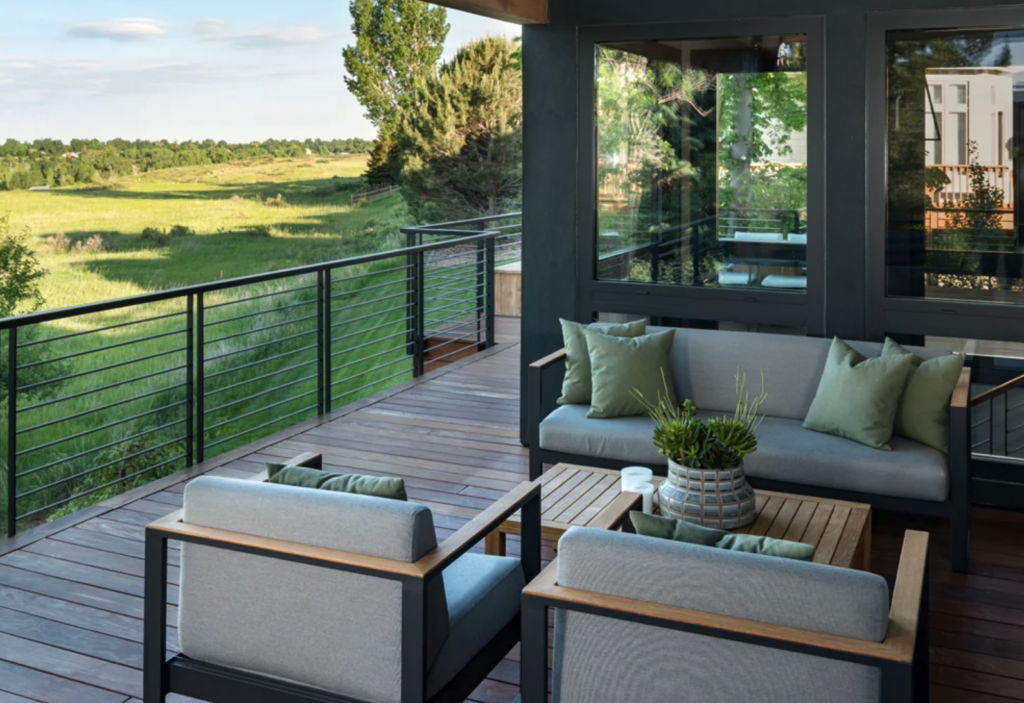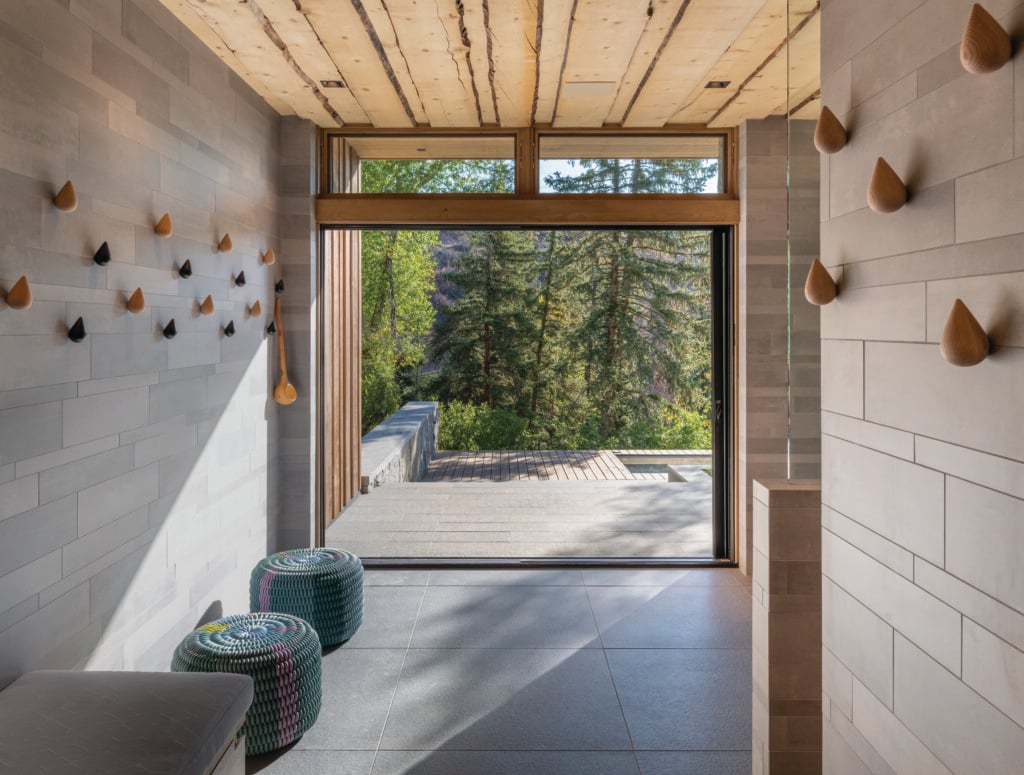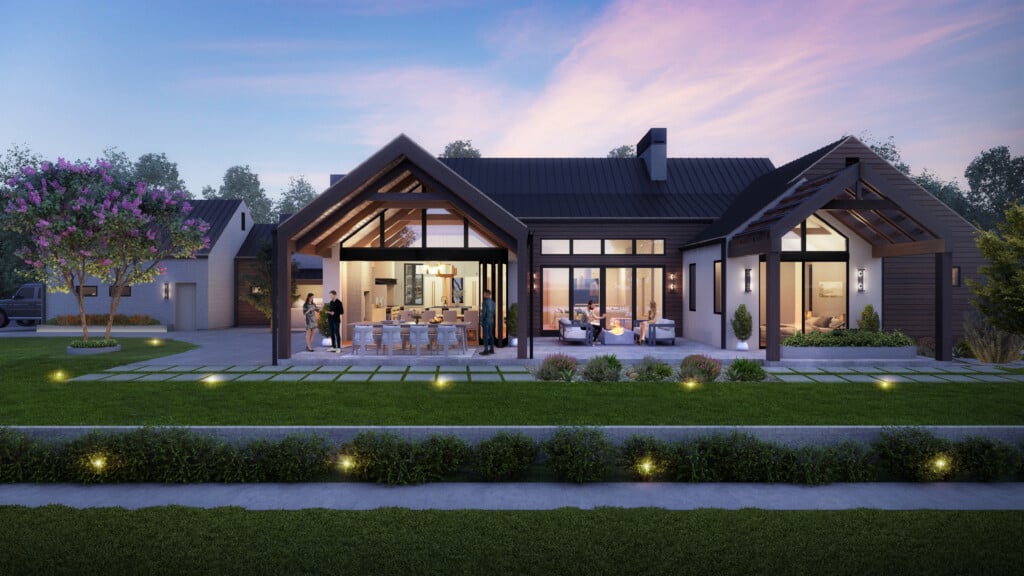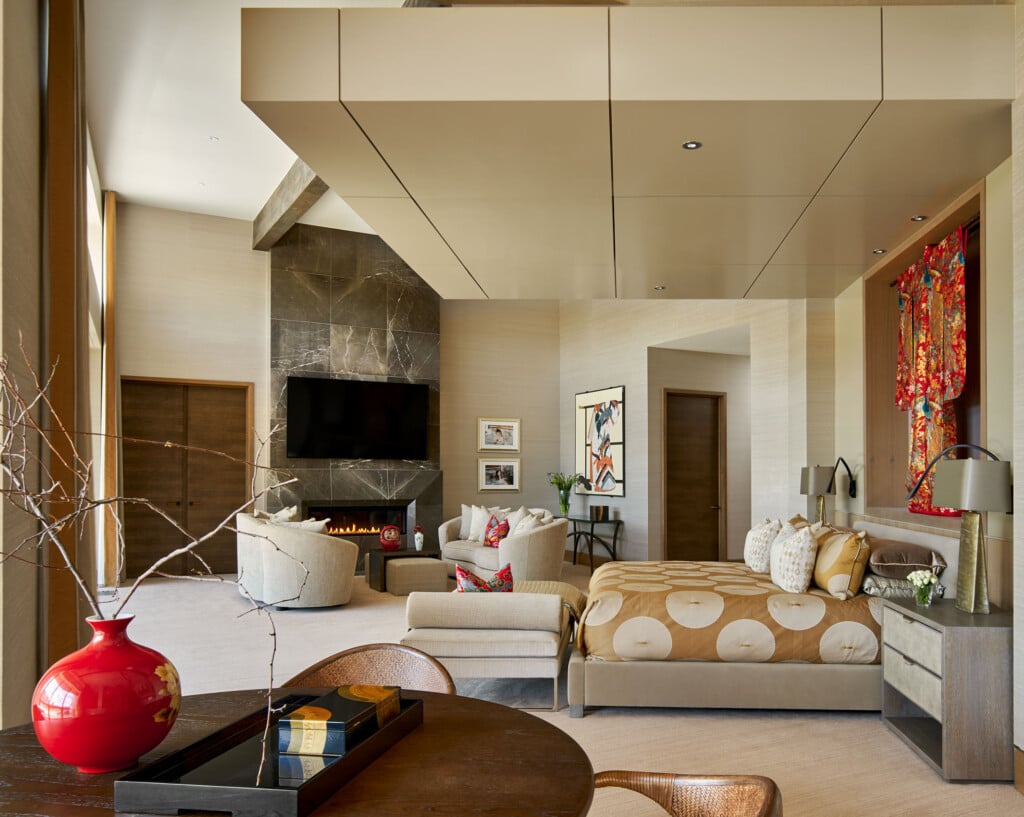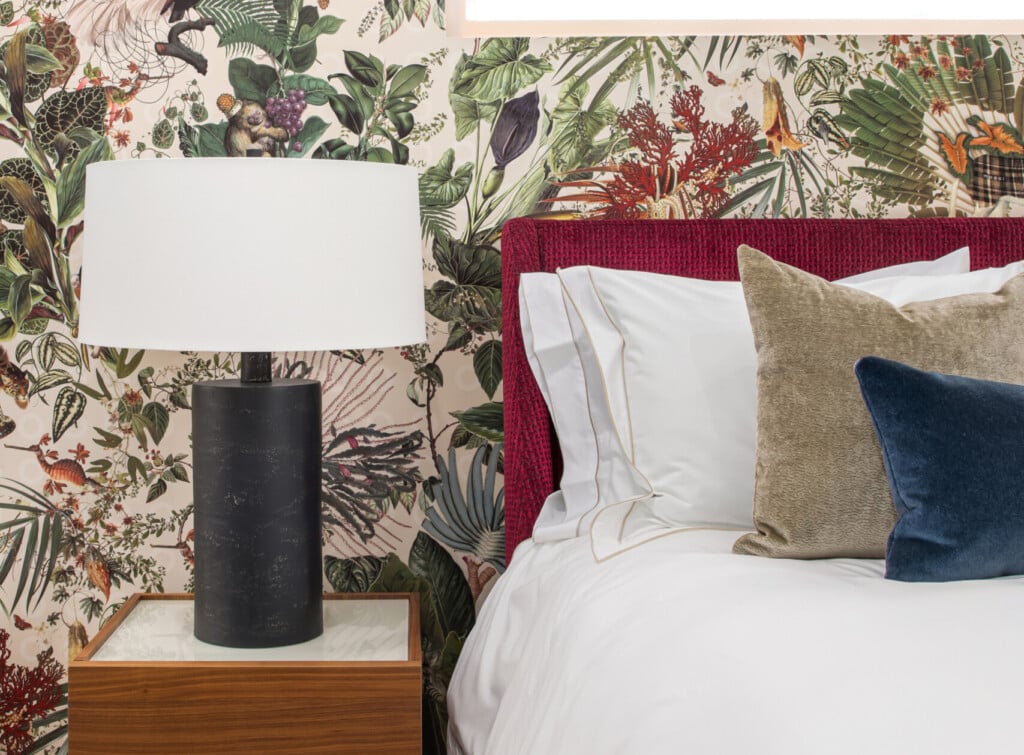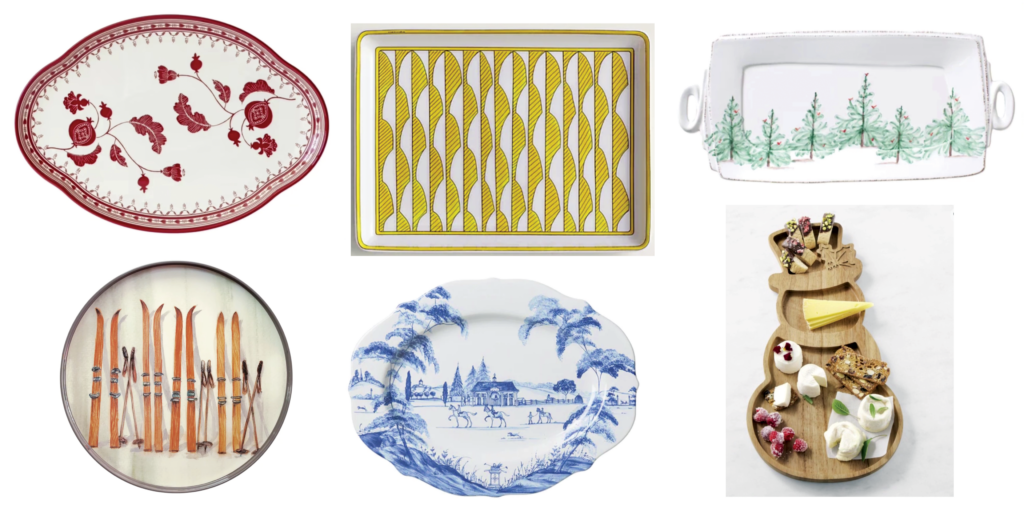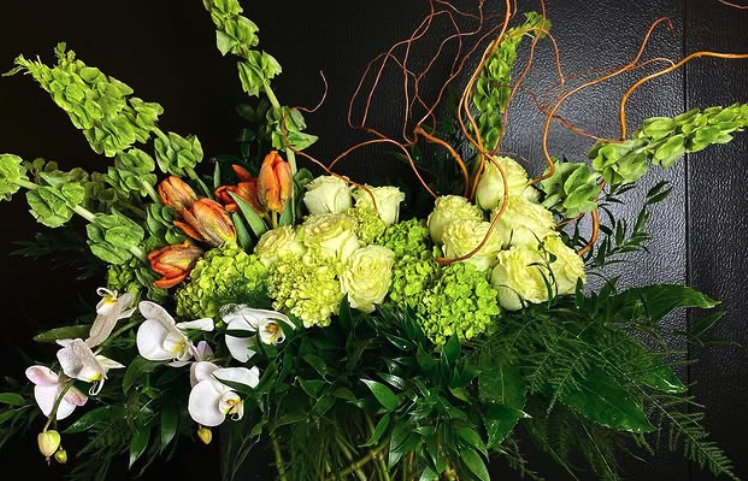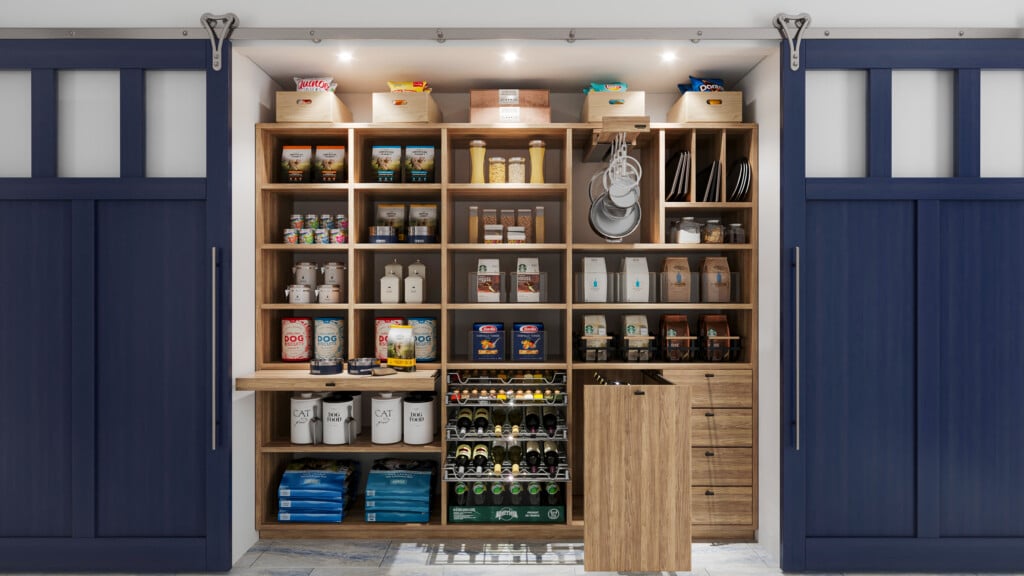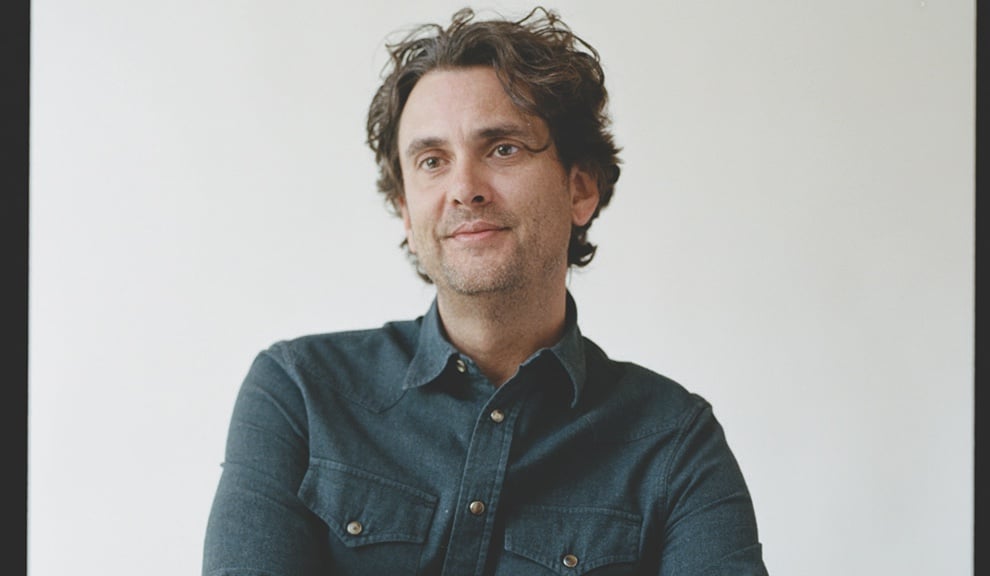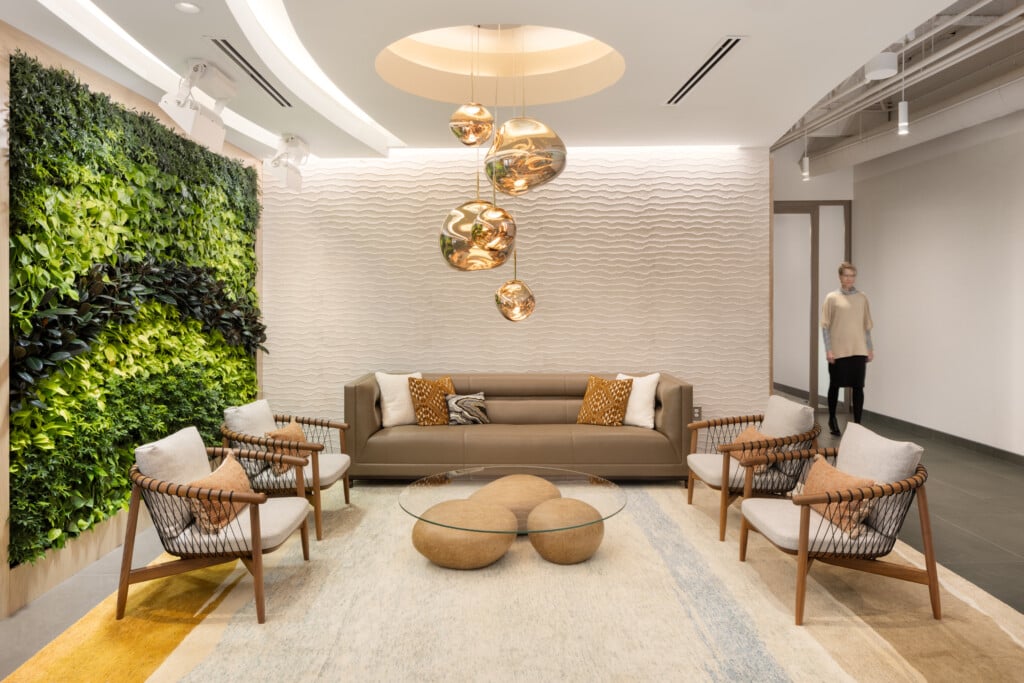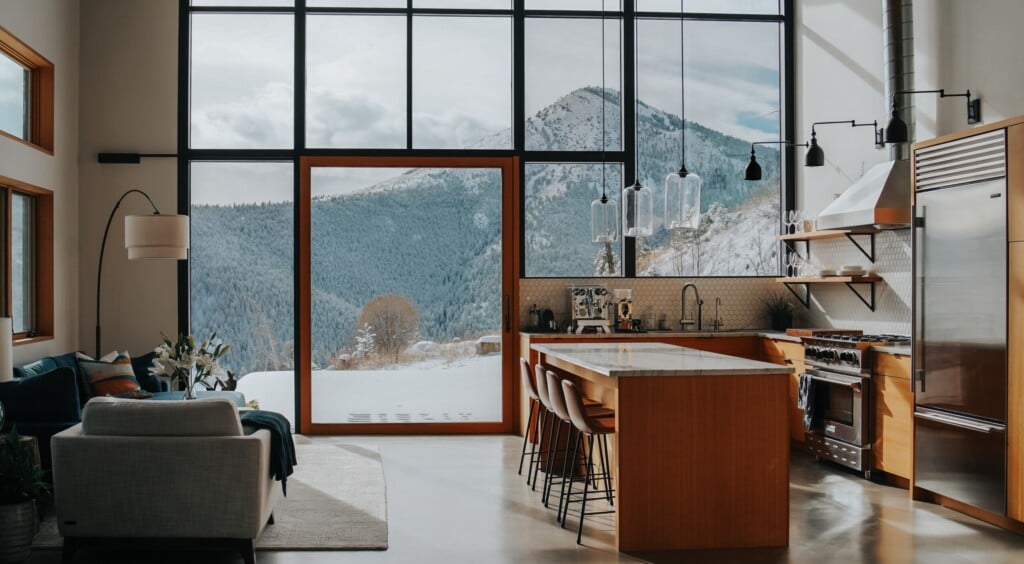2021 Circle of Excellence: Architectural & Interior Designers John & Regan Mattingly
Principal architectural designer and lead interior designer | Chalet, Denver
You can’t hurry good design. Just ask John and Regan Mattingly, known for their stunning, historic-looking home designs, as founders of Denver-based Chalet.
“I have a process I follow, and it takes time,” says John, Chalet’s principal architectural designer. “There are a lot of challenges to getting a client’s program to be balanced correctly so there are no negative sight lines, the proportions are just right and everything is cooperating. It’s hard to do. But I’ve learned that if I’m tired and walk away, I’ll come back to the table the next morning and—surprise!—there’s the answer.”
Regan, Chalet’s lead interior designer, agrees: “Trust takes time. When clients go through the process of building a new home, they’re anxious, so it’s important to really connect with them. I’ve learned that if we’re on the same page with the clients, the project will be a success.”
The design power duo met as teens in Wichita but didn’t start dating until their 20s, after graduating from the University of Kansas. Though John dipped his toe into the university’s architecture school, he ultimately chose philosophy as his major; Regan’s was journalism (“the creative side”).
Post-grad, Regan worked in visual merchandising for Ralph Lauren in Chicago and John in corporate sales in Boulder. Eventually, the couple settled on Denver—a cool place in the historic Edbrooke Lofts building downtown. “Those kinds of spaces inspire me and make me want to wake up in the morning. I’m very sensitive to vernacular areas, which is one of my weapons architecturally,” John explains. “I call it a sickness instead of a blessing, because I can’t stand to be in places that aren’t interesting architecturally, like strip malls.”
Realizing he didn’t need an architecture license to do residential design in Denver, John turned his passion for beautiful spaces into Chalet. “I’m completely self-trained,” he says. “I found my path myself.” The firm started out modestly. “I designed my first addition to a bungalow in 2003 and my first single-family residence in 2006,” John says.
Chalet officially launched the next year. Regan— who, after the birth of their two sons, was excited to “build beautiful homes together” with her husband—joined in 2010. The couple’s goal was both simple and lofty: “We wanted to create single-family houses that were site-specific, individual designs,” John says. “Nothing generic.”
Since then, the firm has become known for its historic-looking designs. “I have a knack for making new old houses,” John says. “I spend all my time with a pen in my hand, developing designs with clients before giving them to my design team.” The couples’ teamwork is constant.
“We support each other in our creative craziness,” Regan says. “So many times I’ve come home and said, ‘John, I need help with this fireplace,’ or whatever. Or he’ll be drawing something at night, and he’ll say, ‘Tell me which window you like more.’”
“I share my layouts with her all the time just to see how she’ll respond,” John says. “When you’re experimenting with design, another person’s raw opinion can be very beneficial. We don’t compete with each other. What we do is really a collaboration.”
UNBREAKABLE RULES
John: “I don’t bend on my fundamental rules of design. I won’t cheat the building materials—or the pitch on a roof. I have to have a program that makes sense, but people hire me because they want something that has a soul. We’re not trying to make ‘old’ houses—people want modern homes—but they want their home to have a soul and a sense of time.”
MATERIALS ARE KING
Regan: “Like John, I care about using real materials that are well made. I like to source the newest, most fun fabrics from an artist in Brooklyn—someone no one’s ever heard of—or a furniture maker in North Carolina who makes everything in the U.S. I do a lot of research, often on Instagram, and if I see something I absolutely love, I’ll figure out who makes it. I love vintage fabrics—or turning a grain sack into a pillow.”
KEEP IT IN PROPORTION
John: “The most important thing in design is getting the scale and proportion right—not stretching a space just to make it big. One couple told me they wanted the living room, family room and kitchen space in their new home to be 32 by 48 feet. I said, ‘That’s interesting.’ So I drew it up and laid out the furniture, and they were like, ‘Oh, my gosh.’ So I said, ‘I think what you want is a voluminous living space—not one so out of scale that it feels like an auditorium.’”
THE CHARM OF THE OLD
John: “What makes old buildings feel good is that you see the strength in the building—that in itself is the decoration. That backdrop needs to be simple and true and balanced, and sight lines are important. In my designs, you won’t see sight lines to a door ever. You see corridors with art walls at like a corporate apartment. In our house, there’s a true collaboration between the very crisp palette of the architecture and the accessories. All these different ideas are happening in the same space, and Regan re-accessorizes all the time. Our house is living.”
THE MEANING OF SUCCESS
Regan: “For me, success comes in the beautiful relationships I form with clients—their satisfaction, their excitement. I have families whose houses I did 10 years ago and we are still super-close—and others who’ve asked me to redecorate a decade after I first did their house.”
John: “My favorite moment is when a client, at some point in the day, comes around a corner and sees a sight line with a shadow moving through it, takes a picture and sends it to me. One recently sent me a photo of light traveling through a corridor into his study. His text message said, ‘Really, bro?’ I knew what I was creating at the time, and then the house slowly unfolded for the client.” » the end. Because staring at a door is completely uninteresting.”
THEIR SECRET WEAPON
John: “Our own home is really our secret weapon. It’s funny—we’ll start a project and the client will go, ‘I don’t want to mix any metals.’ I’m like, ‘Why not?’ ‘Well, it doesn’t look right.’ So I’ll say, ‘Let’s go check out our house and tell me what you don’t like.’ Then they’ll see it and love it, even though we have these nickel Ralph Lauren table lamps behind the couch, copper on the chimney rest and antique-brass door hardware. What makes a home feel great is that it doesn’t feel






